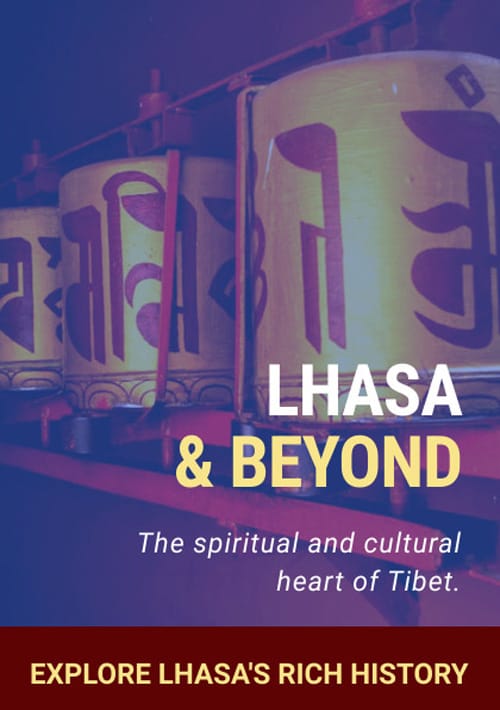
Shigatse, Tibet’s second biggest city, is a great place full of culture, history and landscapes. As the traditional seat of the Panchen Lama, it’s a spiritual hub and a good base to explore the Tibetan Plateau. Here is a travel guide and tips for you to plan your Shigatse trip.
By Air
Shigatse Peace Airport is the second biggest airport in Tibet, with flights to and from Chengdu and Lhasa. It’s 43km away from the city center, and taxis or pre-arranged transport can take you to your hotel.
By Road
Most of the travelers come to Shigatse via the scenic road from Lhasa. The 270km journey takes 5-6 hours and has Yarlung Tsangpo River and mountains views. Private vehicles, buses and tours are common.
By Train
Lhasa-Shigatse Railway is a good option to travel between the two cities. The journey takes 3 hours and has pastoral landscapes and snow-capped peaks views along the way.
The best time to visit Shigatse is from April to October. During these months the weather is mild and the sky is clear, it’s perfect for sightseeing and trekking. Spring (April-May) has flowers blooming and greenery, autumn (September-October) has golden landscapes and clear Himalayas views. Winter is harsh but good for those who want fewer crowds and peaceful landscapes.
Tibet Travel Permits
Foreigners need a Tibet Travel Permit to visit Shigatse. If you plan to visit Everest Base Camp, an Alien Travel Permit is required. These permits are arranged by licensed tour operators.
Altitude
Shigatse is at 3,800m (12,467ft). To avoid altitude sickness, spend a couple of days in Lhasa before coming to Shigatse. Stay hydrated, avoid strenuous activities and consider to bring Diamox if needed.
Packing
Pack layered clothing as the temperature can fluctuate, especially in the evening. Sunscreen, sunglasses and hat are must to protect yourself from strong UV rays at high altitude. Comfortable shoes are a must for monastery and trekking.
Local Etiquette
Always ask permission before taking pictures of locals or religious sites.
Walk clockwise around stupas and monasteries as a sign of respect.
Don’t touch or point at sacred objects.
Currency and Payment
Local currency is Chinese Yuan (RMB). Larger hotels and some shops may accept credit cards but it’s better to carry cash, especially for small shops, taxis and entrance fees.
Shigatse has Tibetan and Sichuan cuisine. Don’t miss these:
Tsampa: Traditional Tibetan staple made of roasted barley flour.
Thukpa: Noodle soup with vegetables and meat.
Yak Butter Tea: Salty tea served in monasteries and local homes.
Yak Meat Dishes: Try yak momos (dumplings) or yak stew.
Shigatse has options for all budgets:
Luxury: Shigatse Hotel has modern amenities and city center location.
Mid-Range: Gesar Hotel has cozy rooms and Tibetan atmosphere.
Budget: Local guesthouses and hostels for budget travelers looking for real Tibetan hospitality.
Shigatse markets are good for Tibetan handicrafts and souvenirs. Look for:
Tibetan Thangka paintings
Handmade prayer wheels
Traditional jewelry and beads
Local yak wool products
Eat at Tibetan restaurants and buy handmade products.
Be aware of waste and don’t use single-use plastics.
Be gentle to the nature when trekking near Everest.
Shigatse is a place where culture, history and nature blend together. With its sacred sites, stunning views and warm locals, it’s a must to visit when you are in Tibet. Follow these tips and have a wonderful time in this amazing place.
Tibet Holiday is a premier Tibet travel agency offering personalized tours to explore the rich culture and stunning landscapes of Tibet. With nearly 20 years of experience, our dedicated team of local experts provides unique insights into Tibetan traditions and spiritual sites. Committed to sustainable travel, we collaborate with local businesses, ensuring an authentic and enriching experience. Whether seeking adventure or cultural exploration, Tibet Holiday designs custom journeys tailored to your interests, making it a trusted choice for unforgettable Tibet experiences.